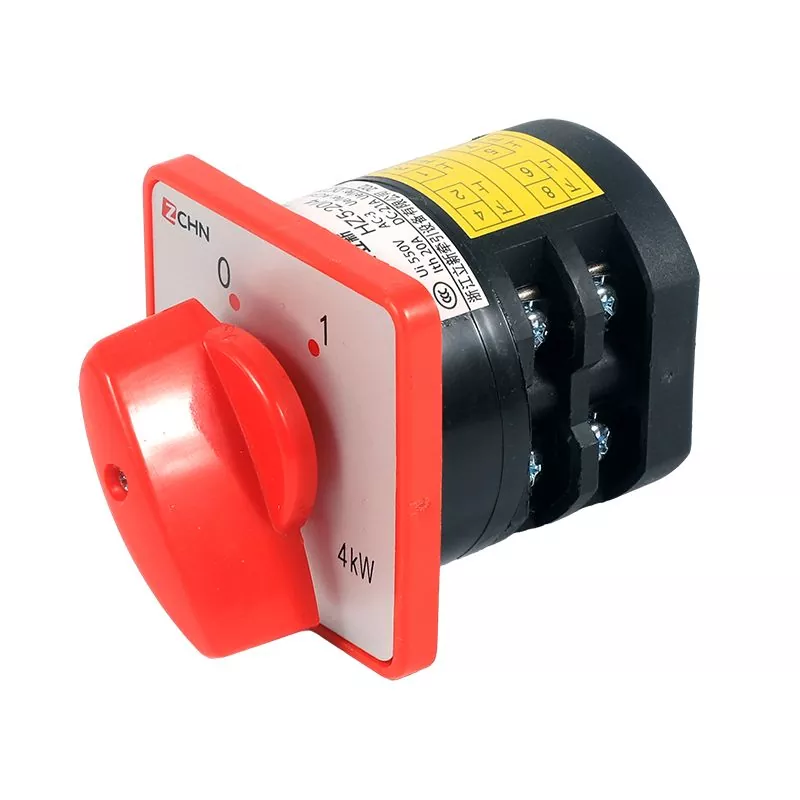A complete guide to buying universal changeover switches: from principles to selection and application (I)
2025-05-19
As a key component in electrical control systems, universal changeover switches are widely used in industrial automation, power systems, building electrical and other fields. This article will start from the basic principles of universal changeover switches, systematically introduce their classification, technical parameters, selection points, installation precautions and typical application scenarios, help engineers and technicians fully understand this important electrical component, and provide professional guidance for their correct selection in actual projects.
Overview and working principle of universal changeover switch
The universal changeover switch is a multi-gear, multi-stage, multi-circuit control master electrical appliance, which plays a vital role in electrical control systems. When the operating handle is turned, the cam mechanism inside the switch is driven to rotate, so that the contacts are closed or disconnected in a predetermined order to realize the control and conversion functions of the circuit. This switch is called "universal" because it can adapt to a variety of control needs and meet the control requirements of complex circuits through different contact combinations and operation methods.
Structurally, the universal transfer switch is composed of multiple groups of contact components of the same structure, mainly including core components such as operating mechanism, positioning device, contact system, rotating shaft and handle. Among them, the contact system adopts a double-break contact bridge structure design, and the moving contact has an automatic adjustment function to ensure synchronization during on and off; the static contact is installed in a dedicated contact seat. This careful structural design ensures the reliability and long life of the switch.
The working principle of the universal transfer switch is based on the mechanical action of the cam mechanism. When the operator turns the handle, the internal cam is driven to rotate through the rotating shaft, and the specific shape of the cam determines the on and off state of the contact at different positions. Since the cam can be designed into various shapes, it can realize complex contact action sequences to meet diverse control needs. This mechanical linkage method is both intuitive and reliable, which is an important reason for the longevity of the universal transfer switch.
In electrical systems, universal transfer switches mainly undertake the following functions:
- Circuit conversion: switching between multiple circuits, such as power switching, load transfer, etc.
- Measurement control: used for phase measurement control of voltmeters and ammeters
- Motor control: directly control the starting, speed regulation and reversing of small-capacity motors
- Remote control operation: as a remote control switch for power distribution equipment
- Signal switching: realize signal switching and combination in complex control systems
The handle operation position of the universal changeover switch is usually expressed in angles, and different types of switches have different positioning angles and operating characteristics. According to different operating methods, it can be divided into two basic types: positioning type and self-resetting type. The positioning switch will remain in a certain position after the handle is moved to a certain position, while the self-resetting switch will automatically return to its original position after the hand is released. This diversity enables the universal transfer switch to adapt to various operating habits and control requirements.
With the development of electrical technology, modern universal changeover switch have continuously integrated new materials and new processes on the basis of maintaining the basic principles unchanged, so that their performance, reliability and service life have been significantly improved, becoming an indispensable and important component in the field of electrical control.


